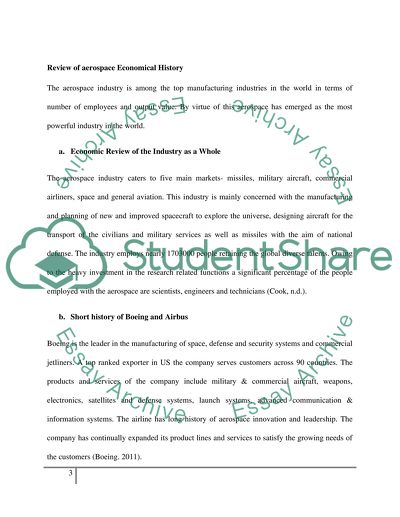Cite this document
(“How the recent economic recession has impacted U.S. aerospace Research Paper”, n.d.)
Retrieved from https://studentshare.org/family-consumer-science/1418828-how-the-recent-economic-recession-has-impacted-us
Retrieved from https://studentshare.org/family-consumer-science/1418828-how-the-recent-economic-recession-has-impacted-us
(How the Recent Economic Recession Has Impacted U.S. Aerospace Research Paper)
https://studentshare.org/family-consumer-science/1418828-how-the-recent-economic-recession-has-impacted-us.
https://studentshare.org/family-consumer-science/1418828-how-the-recent-economic-recession-has-impacted-us.
“How the Recent Economic Recession Has Impacted U.S. Aerospace Research Paper”, n.d. https://studentshare.org/family-consumer-science/1418828-how-the-recent-economic-recession-has-impacted-us.


